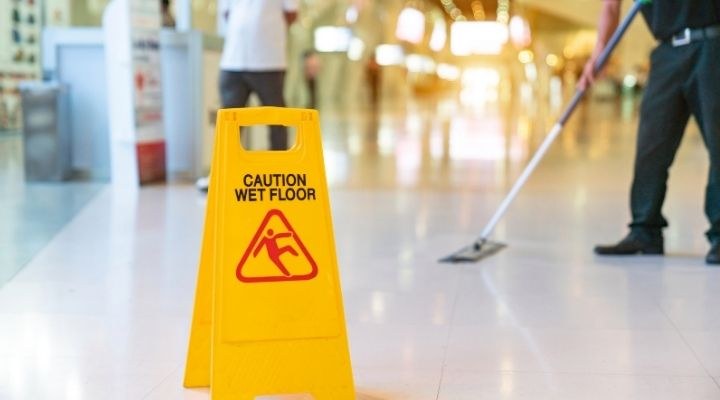They say ‘Home is the safest place to be’, but is this true? Do you know that the home can be a dangerous place to live in?
Based on WHO (World Health Organization) statistics, an estimated 424,000 fatal falls occur every year in homes. This shows the importance of making the home a safer place. Let us look at some of the risk factors for falls, and what we can do to prevent falls at home.
Risk Factor 1: Age
Age is the highest risk factor for falls. Statistics have shown that adults over 65 years of age have the highest number of fatal falls. This could be due to several reasons such as weakness in the limbs and osteoporosis which is a disease in the bones whereby there is a decrease of bone density, leading to an increased risk of fracture. In these patients, falls can lead to serious health consequences such as immobility.
Prevention
There is no way to prevent ageing, but you can take supplements such as calcium and glucosamine to help with bone and joint health. Calcium helps to strengthen the bones and may be taken together with vitamin D to help in its absorption. Glucosamine helps to maintain the cartilage, leading to healthier joints and is frequently used for those who suffer from osteoarthritis (pain in the joints) to prevent and relieve the pain.

Risk Factor 2: Patients on Medication
There are certain medications such as antihistamines which can have side effects like drowsiness and reduced mental alertness. Other medications such as anti-psychotic drugs and anti-depressants can also affect mental alertness. Medications to control high blood pressure might also cause dizziness as a side effect.
Prevention
Consult your doctor or pharmacist on the side effects of the medications you are taking so as to take precautions against such accidents. You can also discuss the dosage of the medication to make sure that the optimal dose is used for your condition. Also, minimise the intake of alcohol because it can cause interactions with a lot of medications and worsened side effects, especially drowsiness.

Risk Factor 3: Lack of Exercise
There are many benefits of exercising. Firstly, it helps in weight management. Secondly, it helps to decrease the risk of heart diseases. Thirdly, it helps to improve muscle strength, overall mental alertness and energy level. Exercising can help in fall prevention because having more strength in muscles means a lower risk of falling due to weakness in limbs. Improved mental alertness helps you to be more aware of your surroundings.
Prevention
Exercise regularly at least 150 minutes per week. Sometimes, we get idle and neglect exercise. Simple exercises such as sit-ups or weight-lifting can be done even at home. Walking can is also another viable option rather than not doing any exercise at all.

Risk Factor 4: Environmental Factors
Environmental factors include wet floors, poor lighting, and objects left on the floor which can contribute to falls at home. These should be identified and corrected in order to prevent falls.
Prevention
For Bathrooms: Leave the door open after a shower to let the water on the floor dry more quickly. You can also place anti-slip mats on the floor to prevent slipping.
For Living Rooms: Use light bulbs that are bright enough and if possible, use a power-saving light bulb to conserve energy as well. Always ensure that there are no objects left lying around on the floor so that you won’t trip over them.
For Bedrooms: Put a lamp beside your bed so that if needed, you can easily reach and switch on the light to see more clearly in the dark. Keep furnishings minimal to prevent bumping into things.
Others: Wear non-slip shoes to reduce chances of falling. You can also install grab bars in the bathroom and/or living room, especially if you have elderly or family members who have difficulty walking at home.
Falls at home can be prevented with slight changes to home utilities and environment. Ultimately, fall prevention can help to improve the quality of life of the elderly and their family, and avoid unnecessary medical costs.
Get in touch with us
Find affordable caregiving services by visiting our elderly care page.


